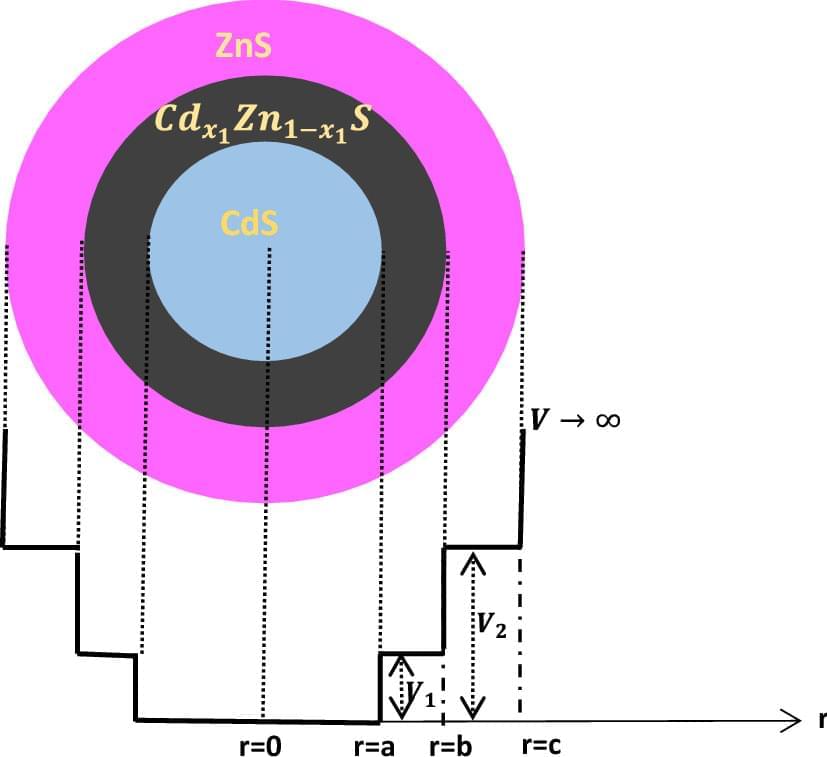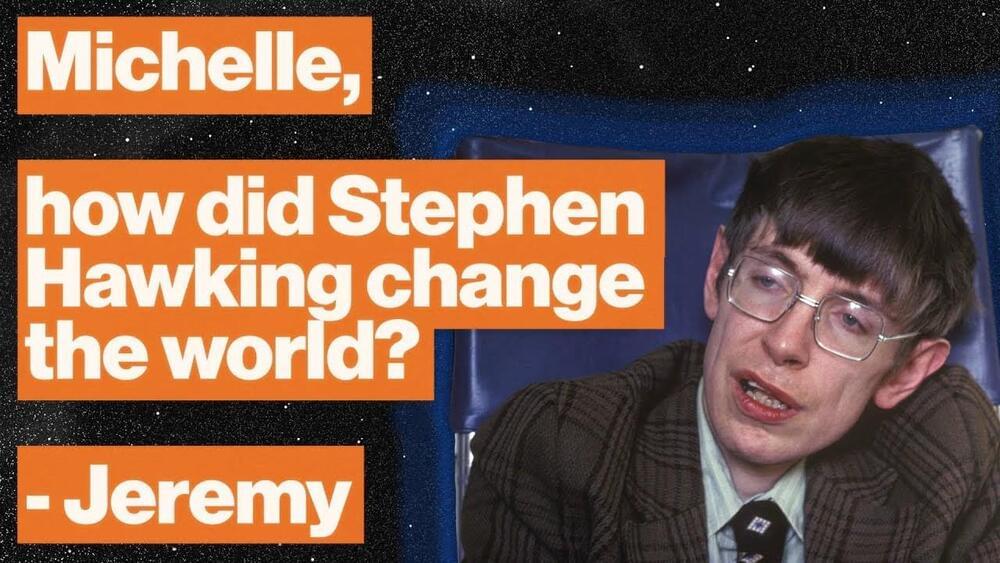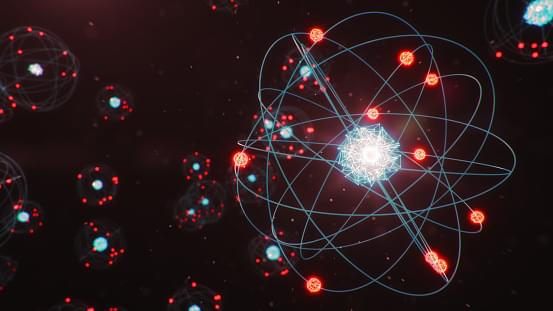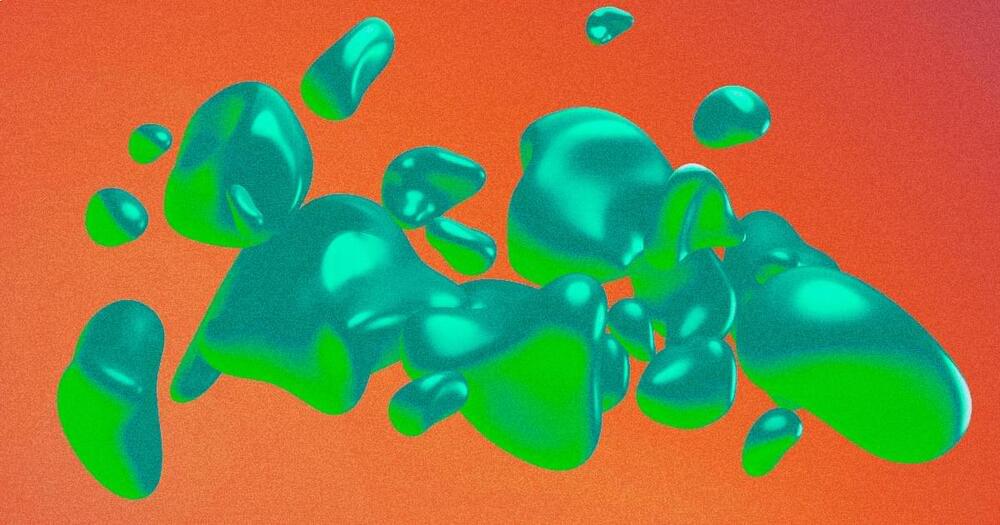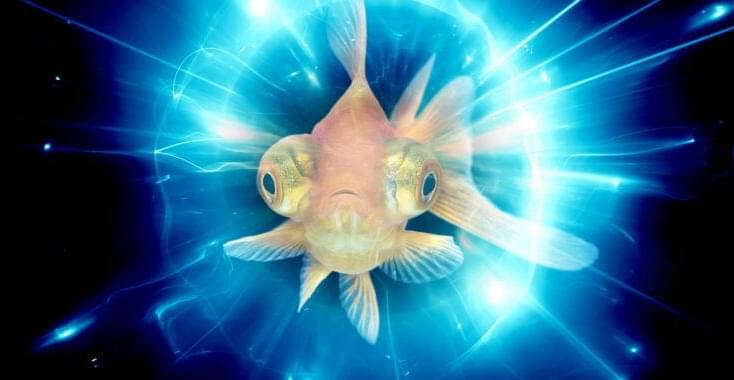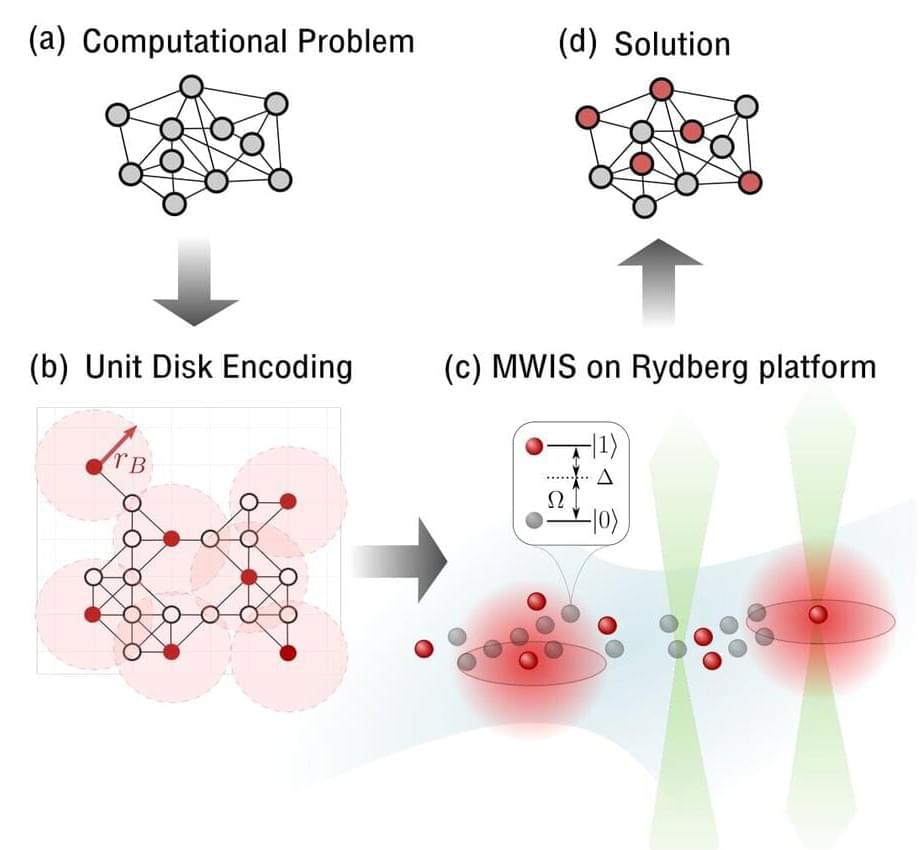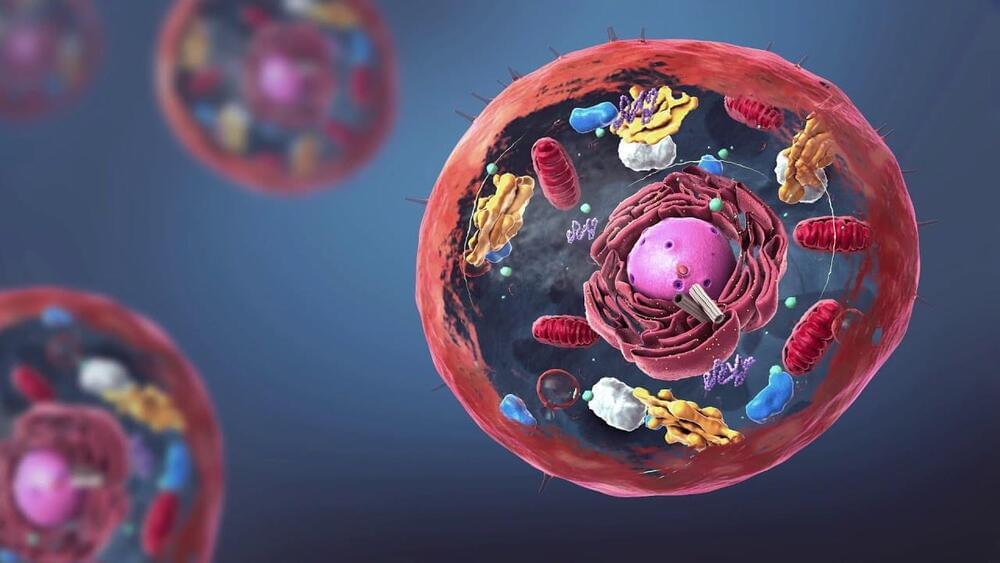Feb 16, 2023
Astrophysicists discover the perfect explosion in space
Posted by Saúl Morales Rodriguéz in categories: chemistry, cosmology, particle physics
When neutron stars collide they produce an explosion that is, contrary to what was believed until recently, shaped like a perfect sphere. Although how this is possible is still a mystery, the discovery may provide a new key to fundamental physics and to measuring the age of the universe. The discovery was made by astrophysicists from the University of Copenhagen and has just been published in the journal Nature.
Kilonovae—the giant explosions that occur when two neutron stars orbit each other and finally collide—are responsible for creating both great and small things in the universe, from black holes to the atoms in the gold ring on your finger and the iodine in our bodies. They give rise to the most extreme physical conditions in the universe, and it is under these extreme conditions that the universe creates the heaviest elements of the periodic table, such as gold, platinum and uranium.
But there is still a great deal we do not know about this violent phenomenon. When a kilonova was detected at 140 million light-years away in 2017, it was the first time scientists could gather detailed data. Scientists around the world are still interpreting the data from this colossal explosion, including Albert Sneppen and Darach Watson from the University of Copenhagen, who made a surprising discovery.

